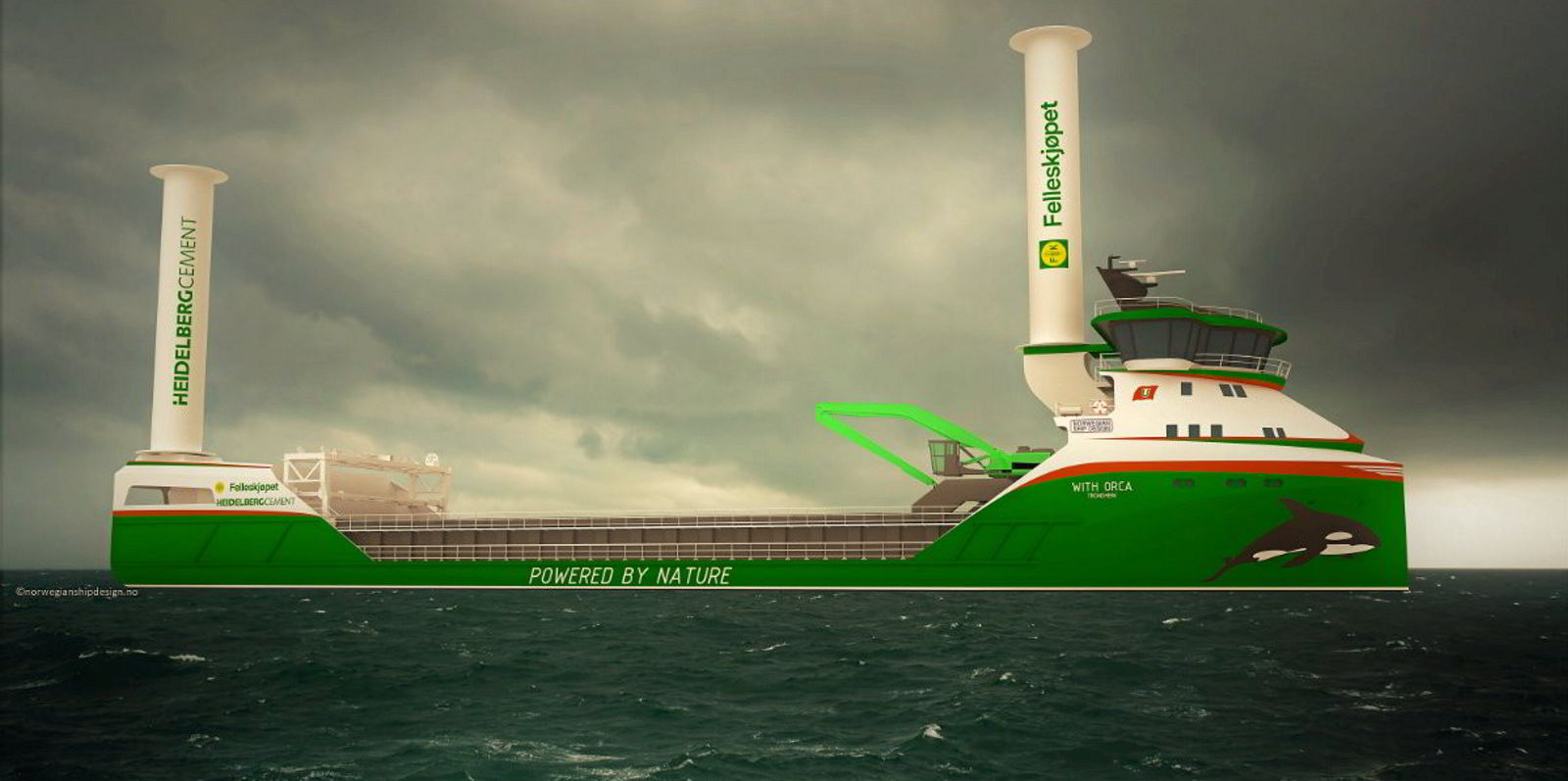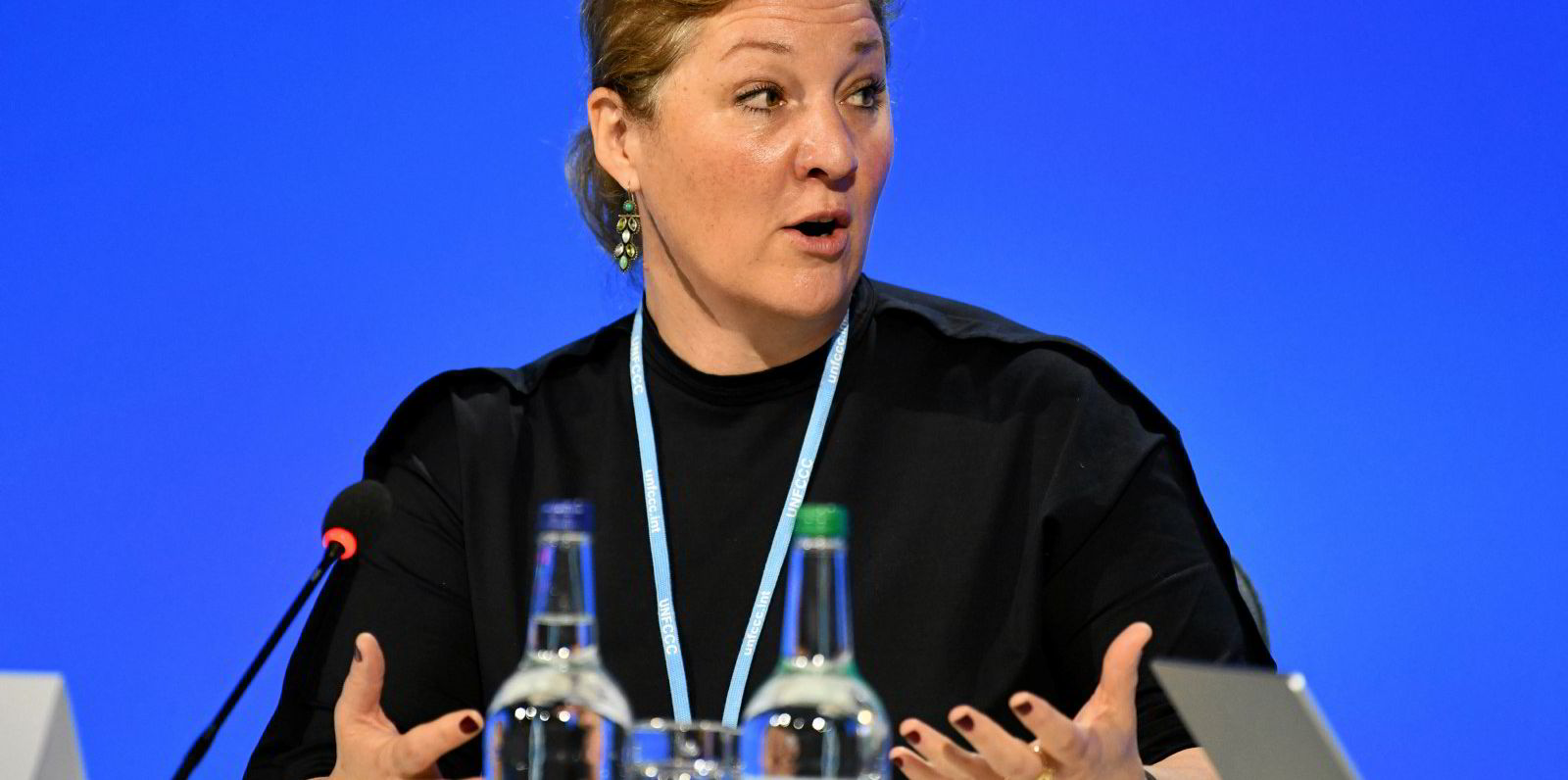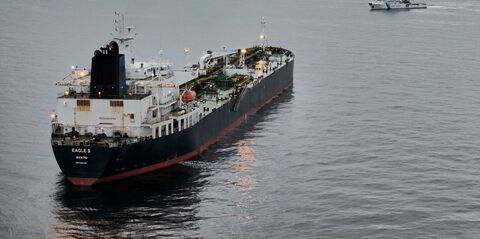The cost gap between zero-emission and fossil fuels could be bridged by spending European Union emissions trading revenue to finance derivatives known as contracts for difference (CFDs) on green operations.
That is the conclusion of the Getting to Zero Coalition in a new research paper, which suggests using 14% to 25% of revenue from shipping when it falls under the EU Emissions Trading System (ETS).
Incentives provided through CFDs could be targeted at different segments of the shipping sector and a range of zero-emission fuels, particularly on the development of green corridors, said the offshoot of the Global Maritime Forum (GMF).
The CFD strategy would support the coalition’s goal of at least 5% of zero-emission fuels in EU shipping by 2030 at an estimated cost of €1.2bn ($1.26bn) a year, the coalition said.
“This sum could be funded with just a portion of shipping related ETS revenues, which are estimated at €5bn to €9bn annually depending on the ETS price,” Getting to Zero said.
A CFD is an asset derivative contract that mitigates market risks faced by suppliers of a new high-cost commodity by paying the supplier the difference between a predetermined reference price reflecting the old technology — in this case the cost of conventional fuel — and a strike price set at the value required for the new technology to be viable.
The supplier receives a guaranteed minimum price for the duration of the CFD, and if the reference price exceeds the strike price, the supplier repays the subsidy, Getting to Zero said.
The coalition added that a CFD model for the shipping industry would most likely focus on the cost of fuels, with ship operators directly receiving government subsidies for the difference between the strike price for zero-emission and fossil fuels.
In turn, operators would sign offtake agreements with fuel producers based on the fixed strike price, and fuel producers would be incentivised to reduce costs to improve their profits, Getting to Zero said.
To hit the 5% usage goal by 2030 would require about 11 GW of electrolysis capacity in the EU if it was based on green hydrogen and green-hydrogen derived fuels alone.
“This would save circa 2.7m tonnes of heavy fuel oil per year by 2030,” the coalition said.
The required electrolysis capacity can be achieved comfortably in the context of announced global capacity and the EU Hydrogen Strategy which targets 40 GW of electrolysis capacity in Europe by 2030, the group added.





